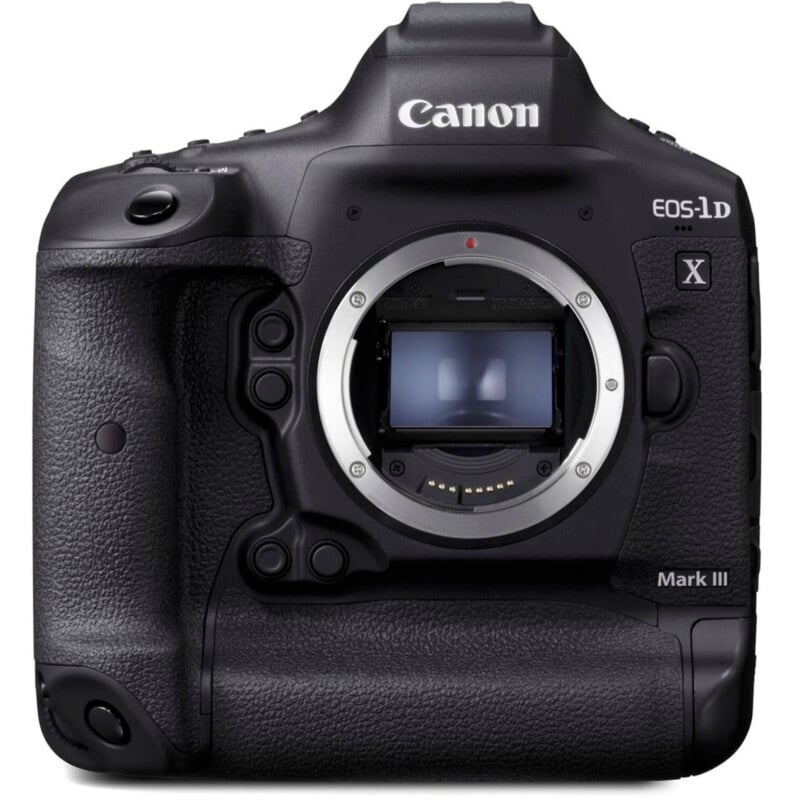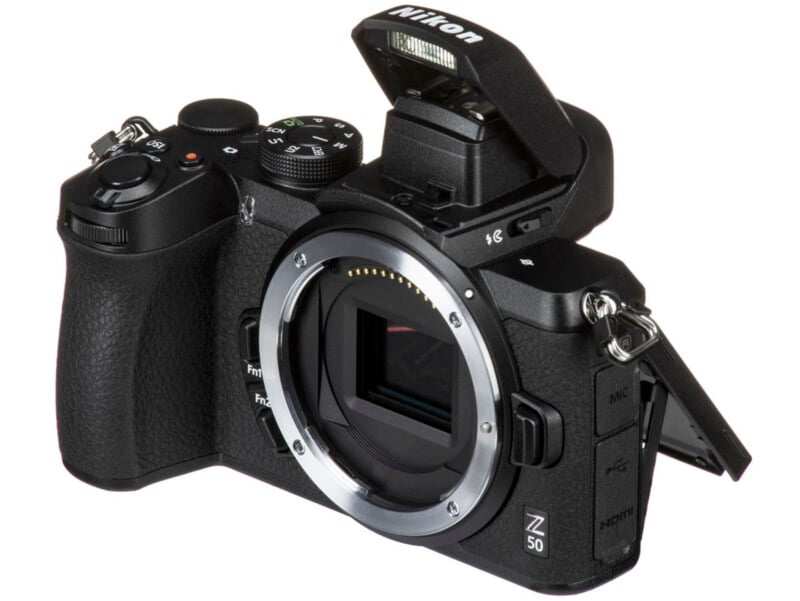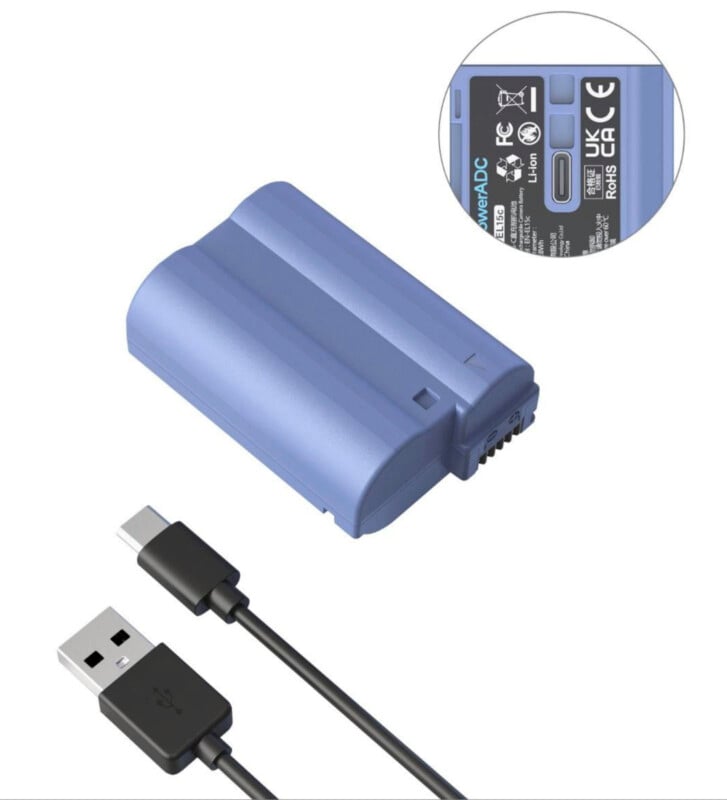![]()
While the European Union’s move to make USB-C the common charging standard for nearly all electronics by the end of next year is good news for many consumers, it may spell the end for DSLR cameras.
Although many mirrorless cameras include USB Power Delivery (USB PD) capabilities, enabling them to be charged over USB, often USB-C, this is not true of many DSLR camera bodies. Even relatively new, flagship DSLR cameras, like the Nikon D6 released in 2020, cannot be charged over USB. Sure, the D6 moved from microUSB to USB-C, an excellent switch for accessories and file transferring, but the camera’s batteries must be charged in a dedicated external charger.
Over at DSLR Bodies, Thom Hogan, also known for his website By Thom, writes, “I originally thought that the EU’s common charger directive had grandfather clauses in it, but apparently not. For instance, many are citing an EU Parliament interpretation of the directive, which says ‘new rules would not apply to products placed on the market before the date of application.’ But the actual directive says ‘all [devices] sold in the EU will have to be equipped with a USB Type-C charging port.’”

Hogan explains that on December 24, 2024, companies will no longer be legally allowed to sell “most electronic devices” in the EU with a removable or integrated rechargeable battery that doesn’t comply with the EU’s USB-C charger legislation. This includes, among many types of electronic devices, digital cameras.
The EU’s two-year warning to manufacturers has provided ample time for companies to adapt, including Apple’s recent move from Lightning to USB-C in the iPhone 15 family of smartphones. However, Hogan argues that the situation is a bit more complex with DSLR cameras.
Of its “transitional period,” the European Union explains, “The aim of the transitional period is to allow manufacturers, national authorities, and notified bodies to adjust gradually to the conformity assessment procedures and the essential or other legal requirements set up by a new or a revised piece of legislation, and, thus, to avert the risk of blocking products.” The EU’s Blue Guide on the implementation of EU product rules also explains that the transition period enables manufacturers to sell their existing stock of products that may not align with imminent regulatory changes.

The Blue Guide also says that any products put on the market before the end of the transitional period may be sold after new regulations go into effect, but new products that do not comply with regulations may not be entered into the market at that point. This means that cameras that do not comply with USB-C charging rules may still be sold after the transitional period, but new non-compliant stock may not be introduced to the market.
Amateur Photographer explains that a European Commission spokesperson made a similar claim, stating that upcoming EU regulation “will not prevent existing stock of equipment that have been placed on the market before the entry into application of the new rules to be sold legally after the entry into application of the new rules.”
At this point, it is evident that companies like Canon and Nikon, while they may still sell some DSLR camera models, are not dedicating much — if any — resources to developing new DSLR cameras and lenses. Does this also mean that companies will prove unwilling to commit resources to making their existing products comply with imminent EU regulations?
Arguably, the most elegant and affordable, albeit not inexpensive, solution to the issue would be for camera companies to release new versions of existing removable rechargeable batteries that include a USB-C charging port directly on the battery. This sort of product already exists. For example, SmallRig makes a USB-C rechargeable battery for select Nikon cameras.

Hogan instead wonders if camera companies may ultimately use the EU’s charger directive as a reason to finally ditch DSLR camera technology in their entirety, except Pentax, of course, who not only has cameras that can charge over USB-C but remains a stalwart supporter of DSLR camera technology.
Another alternative outcome is that companies drop all but compliant camera models in the European Union and continue business as usual elsewhere. Hogan notes that the Nikon D780, for example, can charge internally via USB-C, so DSLR cameras may survive in the European Union in a limited fashion.
“With Europe accounting for 20-25% of shipments recently, the EU requirements may just be enough to trigger the camera companies towards retiring the mirror slappers, as the volume of DSLR shipments is now running at about a tenth that of mirrorless,” Hogan writes.
Some older mirrorless cameras face the same issue, including numerous Canon EOS M-series cameras, which were just discontinued in some markets, including the United States, and even the Nikon Z50. Even the OM System OM-5 camera, announced just over a year ago, lacks charging via USB-C — for whatever reason.
“I’m now thinking we’re going to have mass retirements in about a year. The question is whether any of the DSLRs will carry on beyond that,” Hogan concludes.
Image credits: Nikon, Canon, and SmallRig
